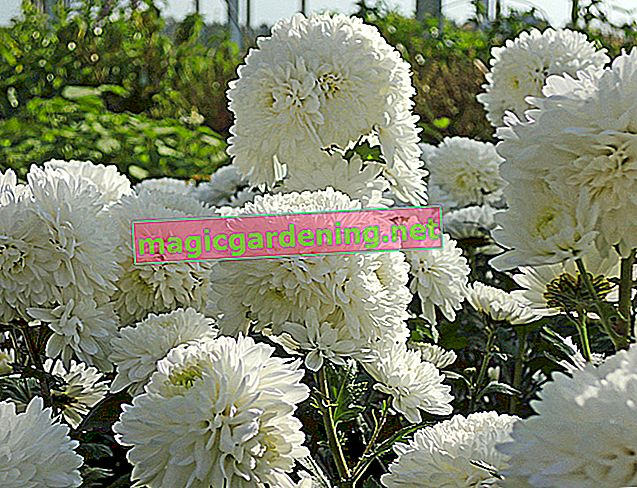
Eat sorrel raw or not?
Basically, you can also eat the young and juicy leaves of sorrel raw, as the plant is not really toxic when consumed in normal quantities, despite its special ingredients. After all, sorrel leaves contain a lot of vitamin C and other valuable ingredients. However, due to the oxalic acid it contains, certain amounts should not be exceeded when consumed. If you harvest the sorrel near the edges of the forest, you should not only pay attention to a possible fertilization of the meadows with liquid manure, but also to potential contamination with the fox tapeworm eggs. Unless you harvest sorrel leaves from your own fenced-in property, you should either wash the leaves extremely thoroughly or even boil them before consumption.
also read
- Plant sorrel in your own garden
- Sorrel: time and importance of flowering
- Effective control of sorrel in the garden
Harvest the sorrel at the right time
Sorrel flowers change color from green to red during the flowering period from May to July. At the same time, the leaves also begin to partially turn red. This circumstance is also an indication of an increasing content of oxalic acid in the plants. Therefore, you should only harvest the young and fresh green sorrel leaves in spring if possible and, if necessary, extend the season by freezing or soaking them.
Conjure up delicious dishes with sorrel
You can usually also eat harmless sorrel from unpolluted meadows or from your own garden lawn, for example as a spicy salad ingredient. You can also use it to cook other tasty recipes with a pleasant degree of acidity. These include classics such as:
- Frankfurt's green sauce
- Salad refined with sorrel
- Herb quark
- sorrel soup
- Pickled sorrel
Tips & Tricks
Make sure that you never cook dishes with sorrel in an iron or aluminum saucepan. Otherwise these tend to develop a metallic taste. Also, the leaf stalks usually contain more acid than the green leaves of the plant.








